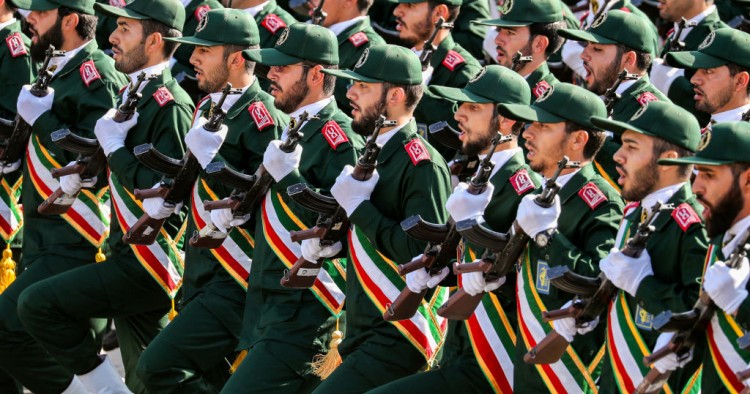Abstract
Soleimani’s assassination, increased tensions vis-à-vis the United States, and the fluidity of the geopolitics of the Middle East, have brought into the open questions in Iran about the long-term costs, benefits, and risks of a forward defense strategy that relies on Tehran’s ability to continue to defy the growing pressures on its economy from U.S. sanctions and fund proxy groups. This report examines the historical development of Iran’s proxy warfare strategy under Soleimani, the sustainability of the strategy today, and draws lessons from the clash between Iranian proxy strategy and America’s new hard power approach.
Executive Summary
On January 2, 2020, the United States assassinated the commander of the Islamic Revolutionary Guard Corps’ Qods Force, General Qassem Soleimani, in Iraq and accused him of playing a role in an alleged attack on American troops by Iran-backed Shia militias. The assassination signaled a major escalation in the conflict between Iran and the United States. For a moment, the conflict ceased to be a proxy war characterized by efforts to keep tensions deniable and indirect and instead became a direct exchange of violence, with Iran responding to the assassination with a direct missile strike on U.S. forces.
The fallout of the assassination reflects the contradictions and uncertainty at the heart of Iranian proxy warfare strategy and its approach known as “forward defense,” in which Iran seeks to use proxies in other countries to prevent conflict from coming within Iran’s borders. Iran’s strategy was developed over decades through its confrontations with the United States and regional rivals and historically has emphasized its willingness to eschew revisionist religious and ideological aims in order to pursue national interests.
The 2011 Arab Spring, with its threat to Iran’s key partner in Syria while opening opportunities in other areas, inaugurated a more uncertain era for Iran’s proxy strategy. This uncertainty has been heightened by an increasingly aggressive U.S. stance towards Iran. As a result, Iran has played up appeals to religious and ideological aims alongside more traditional forms of proxy mobilization in its forward defense strategy.
Photo: STRINGER/AFP/Getty Images
The Middle East Institute (MEI) is an independent, non-partisan, non-for-profit, educational organization. It does not engage in advocacy and its scholars’ opinions are their own. MEI welcomes financial donations, but retains sole editorial control over its work and its publications reflect only the authors’ views. For a listing of MEI donors, please click here.













